Uzbekistan’s secondary car market estimated at $2 billion
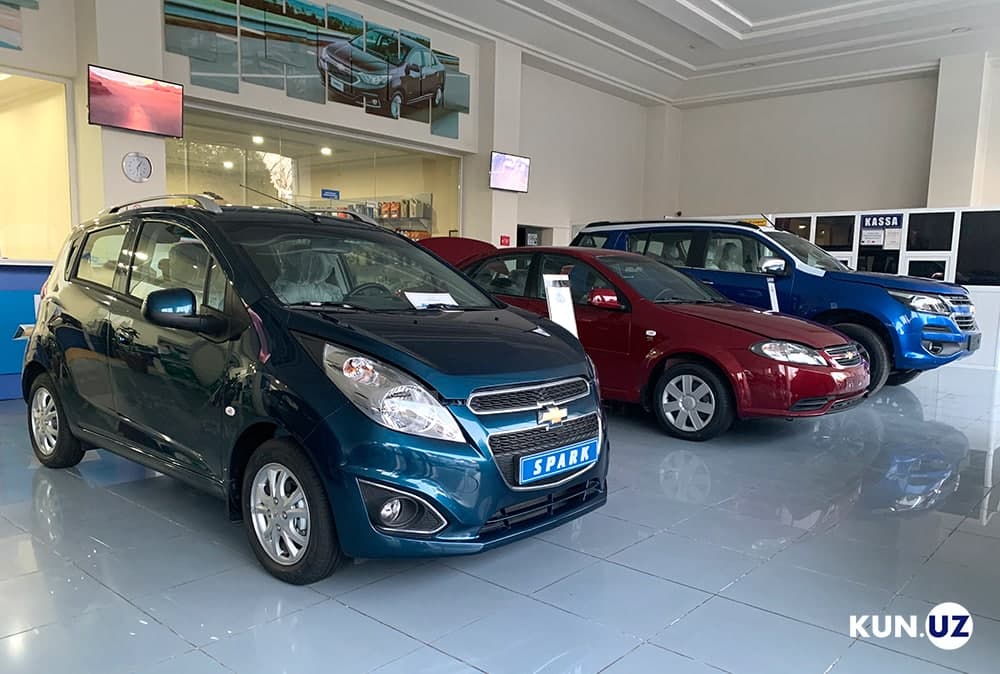
Photo: KUN.UZ
On the secondary car market of Uzbekistan, about 400-500 thousand contracts of purchase and sale are carried out annually. The market volume per year is approximately $2 billion, follows from the data of the Center for Economic Research and Reforms (CERR).
The total number of passenger cars in the country is more than 3 million units.
It is noted that for a long time in Uzbekistan, prices for cars did not depend on the year of production, but recently the situation has begun to change. This is largely due to the reduction in barriers to purchasing a new car.
Preliminary analysis showed that, on average, one year of vehicle wear and tear lowers the price by about $600. However, this method does not take into account other characteristics of the car and the non-linearity of the relationship between price and year of manufacture, when the decline in price accelerates as the car becomes obsolete. Therefore, an attempt has been made to use an alternative method that takes into account these disadvantages.
According to the results of the econometric modeling method, all other things being equal (when comparing cars of the same brand, place of sale and color), car wear for one year leads to a decrease in its cost by an average of about $300-400. At the same time, the analysis showed that the distance does not significantly affect the price. This can be explained by the fact that the year of manufacture may already reflect the mileage or the prevalence of the practice of turning the indicator on the odometer back.
At the same time, for cars of the same brand, position, year of manufacture, accessories, toning increases the price by an average of about $350. The presence of an air conditioner increases the price of a car by $170-200, an audio system – by $100-120, Bluetooth – by $240, tinted windows – by $220 and lensed optics on premium cars – by $420.
Recommended
List of streets and intersections being repaired in Tashkent published
SOCIETY | 19:12 / 16.05.2024
Uzbekistan's flag flies high on Oceania's tallest volcano
SOCIETY | 17:54 / 15.05.2024
New tariffs to be introduced in Tashkent public transport
SOCIETY | 14:55 / 05.05.2023
Onix and Tracker cars withdrawn from sale
BUSINESS | 10:20 / 05.05.2023
Latest news
-
Water debts of households and businesses in Uzbekistan near 800 Billion UZS
BUSINESS | 13:55 / 12.07.2025
-
Kazakh low-cost airline FlyArystan launches direct flights between Atyrau and Tashkent
SOCIETY | 13:41 / 12.07.2025
-
Uzbekistan's Vladimir Svechnikov wins gold at international shooting tournament in Budapest
SPORT | 11:41 / 12.07.2025
-
Old cars to be retired: Uzbekistan moves toward modernizing vehicle fleet
POLITICS | 10:21 / 12.07.2025
Related News
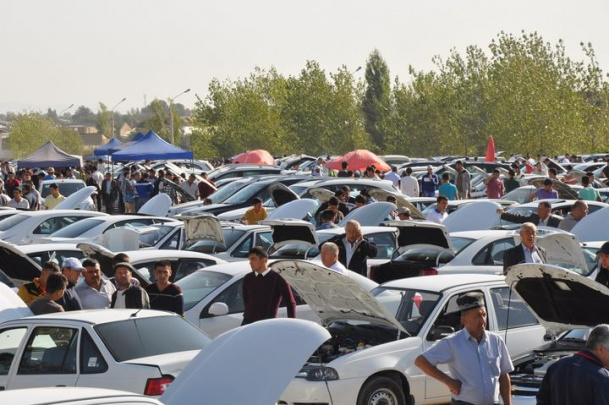
12:56 / 29.04.2025
Uzbekistan’s passenger car market slows in March
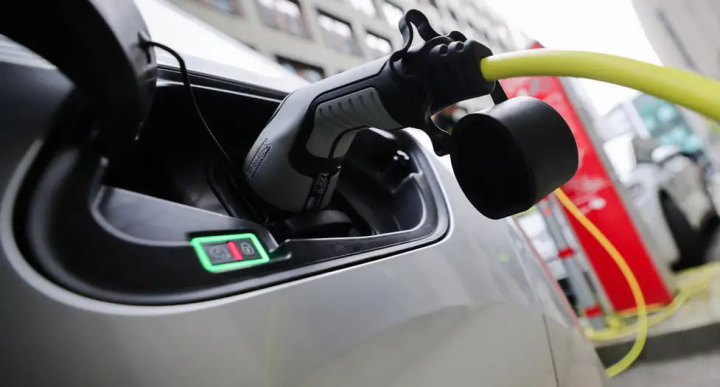
12:38 / 17.10.2024
EV sales in Uzbekistan soar 2.4 times amidst overall decline in car market
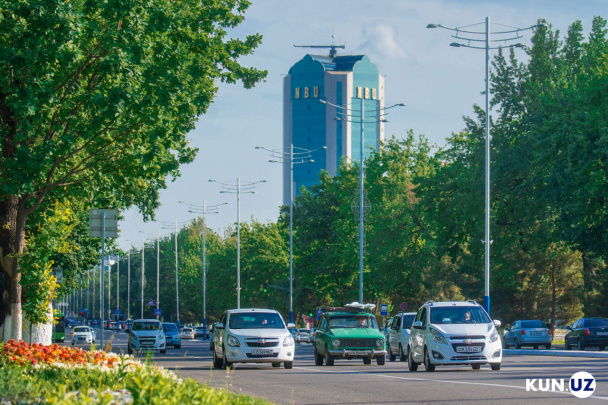
17:26 / 09.08.2024
Uzbekistan sees 19% monthly increase in passenger car sales, yet annual figures drop by one-third year-over-year — CERR report
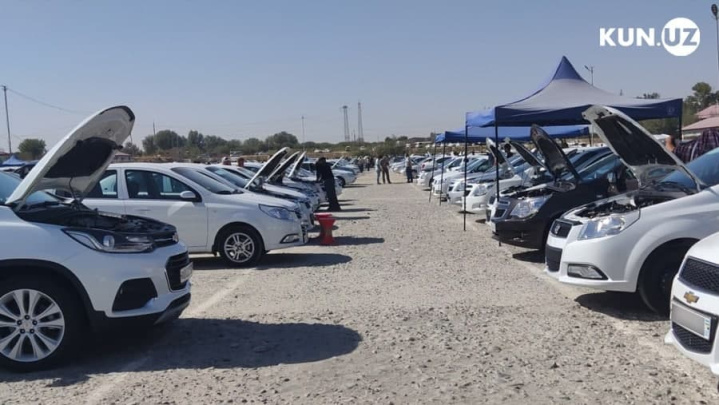
17:54 / 15.05.2024



